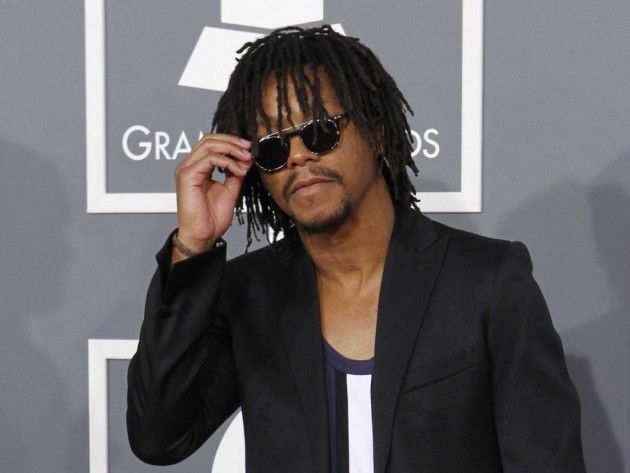The show goes on with Lupe Fiasco’s
January 29, 2015
If there were ever an everyman of hip-hop, that man would be Lupe Fiasco. His ability to condense his rough upbringing in Chicago with his love for comic books, video games and anime has cemented him as one of most appealing faces in the genre. After gaining recognition for his guest verse on the Kanye West smash “Touch the Sky,” Lupe grew into his alt-rap role and released “Lupe Fiasco’s Food and Liquor,” a classic LP in its own right. His follow up, “Lupe Fiasco’s The Cool,” garnered him even more mainstream attention, and Lupe seemed destined to live up to the lifestyle his single “Superstar” alluded to.
However, no matter how highly acclaimed his albums were or how many records he sold, Fiasco always seemed to be one step behind the rap collective. Whether it stemmed from his Twitter feuds with other celebrities or his controversial social commentary, the world just didn’t seem ready for who Fiasco was trying to be.
His third release, “Lasers,” saw a distinct shift in tone, as Fiasco went from poetic storytelling (“Kick, Push”) to clunky political ranting (“Words I Never Said”) with mixed results. His desire to be rap’s preacher just wasn’t a role he was suited to play. His next release, “Food and Liquor II: The Great American Rap Album,” was a far cry from Lupe’s original work, as it was met with a similarly lukewarm response from critics and fans alike. It appeared that Lupe had lost a step, and it didn’t seem likely that he would recover.
His only recent noteworthy contribution was a production credit on West’s “Yeezus.” With “Tetsuo and Youth,” his final record under the Atlantic Records label, Lupe Fiasco is able to distance himself from the pack and rediscover the vibes that made him so appealing.
“Tetsuo and Youth,” which began production in 2012, is arguably Fiasco’s most ambitious album to date. Its subject matter is reminiscent of gangster rap themes, but Fiasco is able to blend the tough streets of Chicago with piano and banjo driven beats.
The production of the album is smooth, as each song complements the next to form possibly Lupe’s most cohesive album to date. The album contains four interludes named for the four seasons, and contains tracks longer than most of Lupe’s previous work. “Chopper” includes a collection of Chicago street legends, while “Adoration of the Magi” incorporates Fiasco’s clever lyricism with unconventional vocal samples. “They.Resurrect.Over.New” features Top Dog Entertainment’s Ab-Soul, bridging the gap between Fiasco and the next generation. The album reaches its zenith, however, with its first full-length track, “Mural.” Here, Fiasco is at his best, rapping without intermission for about nine minutes, reminding everyone of his greatest strength, his clever lyricism. On one track, Fiasco is able to throw out the pop-friendly mantra that has surrounded him since “Lasers,” and is proving why he should still be taken seriously.
Lupe Fiasco never expected his career to take this type of turn. His brush with hip-hop superstardom has taken a backseat to his sub-par efforts in recent years.
“Tetsuo and Youth,” however, captures everything that Fiasco should be, without the unnecessary social and political commentary. Instead of forcing himself to be the voice of a hip-hop revolution, Lupe seems content on this album being just who he is, and that is simply a great rapper.


